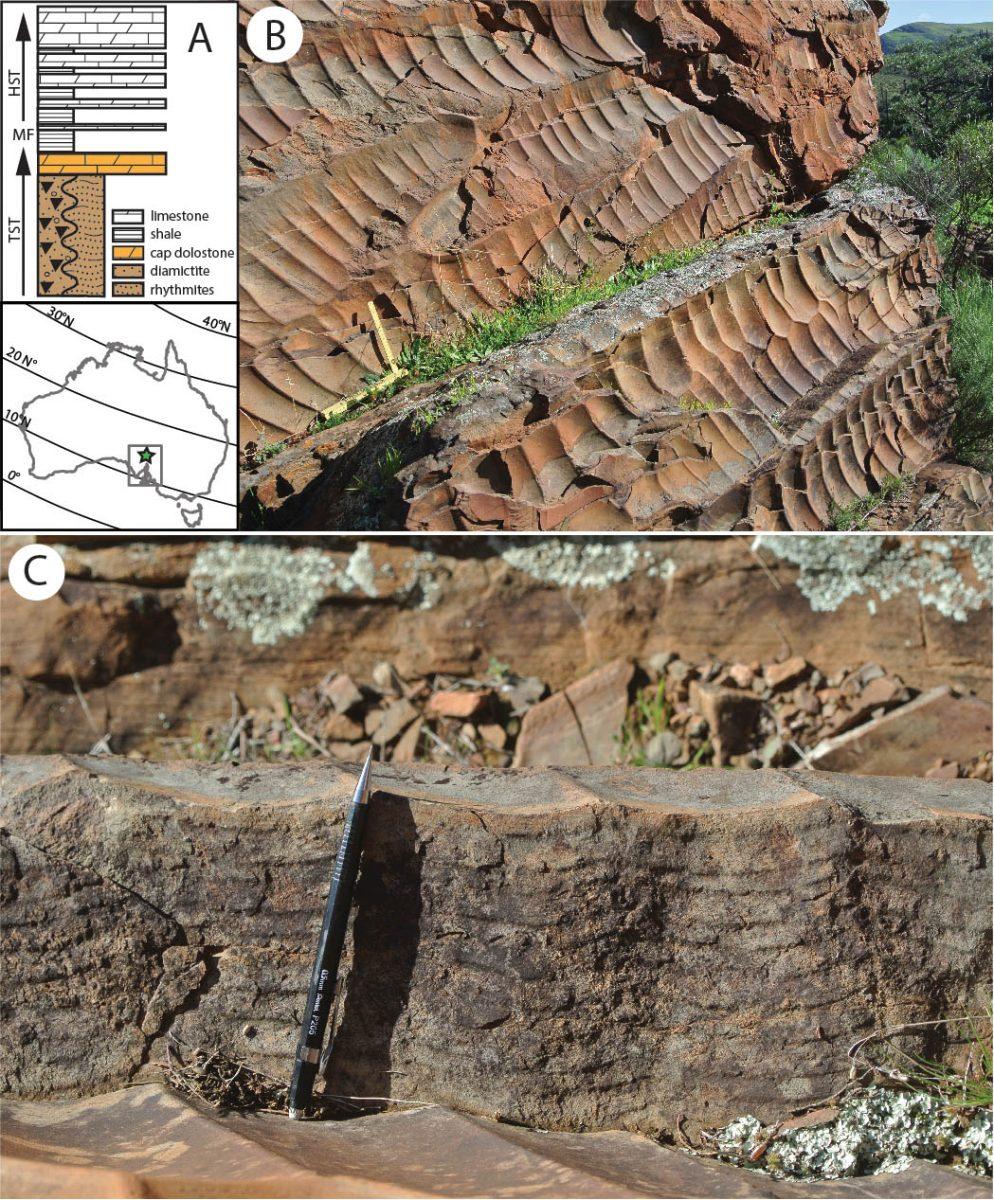Ryan Ewing, associate professor of geology and geophysics, and a team of researchers discovered geological evidence in southern Australia supporting the Snowball Earth hypothesis.
The Snowball Earth hypothesis states that the earth was covered by ice millions of years ago. This hypothesis is now widely accepted by geologists, but due to this new research there is now direct evidence of the rate of rapid sea level rise from deposits found in south Australia. The research team studied the most recently known Snowball Earth event, which occured around 635 million years ago.
“The goal of the research was to investigate the interesting period in Earth’s history where we think that the earth was covered in ice all the way down to its equator, so essentially a shell of ice around Earth,” Ewing said.
The Snowball Earth era ended with catastrophic melting of the ice sheets, which raised sea levels significantly, according to Paul Myrow, geology professor at Colorado College. Myrow was one of Ewing’s undergraduate advisors and one of the three researchers involved in this study.
“Imagine that if you melted all of the ice on the earth, it was completely covered in ice, that you’d generate a lot of fresh water,” Myrow said. “That water would go into the ocean and it would raise the level of the ocean.”
The team’s research focussed on gathering data from rocks to determine the rate of this rise. Ewing said while the rocks they used for their research were known to exist, there had not been a research team to study and publish the information they contained until now.
“The rocks were already known, but we kind of put together the pieces of the puzzle,” Ewing said. “And demonstrated in fact there is a signal of rapid sea level rise, as is predicted by the hypothesis, but had not been shown before.”
In 2014, the team of researchers went to southern Australia and measured outcrops — exposures of rock from the period being studied. From measuring wave ripples on the rocks to determine the depth of water during sediment accumulation, the researchers estimated a sea level rise of 20 – 27 centimeters per year as the ice melted.
“Today we are concerned about rising sea level, and the rate of sea level rise is almost perfectly two orders of magnitude less than that, meaning instead of 27 centimeters it’s like two to three millimeters,” Myrow said.
According to Myrow, he and his research team have likely figured out that this is the most extreme speed at which the sea level could have risen in Earth’s history.
“It would be hard to imagine a situation where you could get anything higher than that,” Myrow said.
The Snowball Earth hypothesis was debated for years, as some geologists were very skeptical of the idea, according to Myrow. However, Myrow said the new discovery adds credibility to the hypothesis.
“By calculating these rates that we did, by estimating them, I think it lends credence to the hypothesis,” Myrow said. “It would be hard to imagine that you could raise sea level at such a rate in any other scenario, other than the Snowball Earth scenario.”
Myrow said this type of information can serve as a reminder of how the earth can change drastically over extended periods of time.
“In some ways it’s really a reminder that, although we live in a world where our day-to-day and month-to-month and year-to-year existence seems like we’re living in a fairly static world, the processes that take place on the earth can be much more dramatic than what we experience,” Myrow said. “If you look at it over time scales of over tens of years or hundreds or thousands of years, huge changes can take place on the surface of the earth and this is just a really good example of that.”
Ewing said while this finding has provided more information into the history of Earth’s past climates, there is still plenty of work to be done.
“I think what this shows is that we’re able to look at very old rocks and [tease out] very detailed signatures of how Earth has behaved in it’s past, in particular with regard to its climate,” Ewing said. “We were learning what the extremes of Earth are like through these ancient rocks.”
If rocks could talk
April 29, 2018
Photo by Provided
Ryan Ewing, Paul Myrow and Mike Lamb took data from deposits to understand the speed of sea level rise during the marinoan time period.
Donate to The Battalion
Your donation will support the student journalists of Texas A&M University - College Station. Your contribution will allow us to purchase equipment and cover our annual website hosting costs.




















